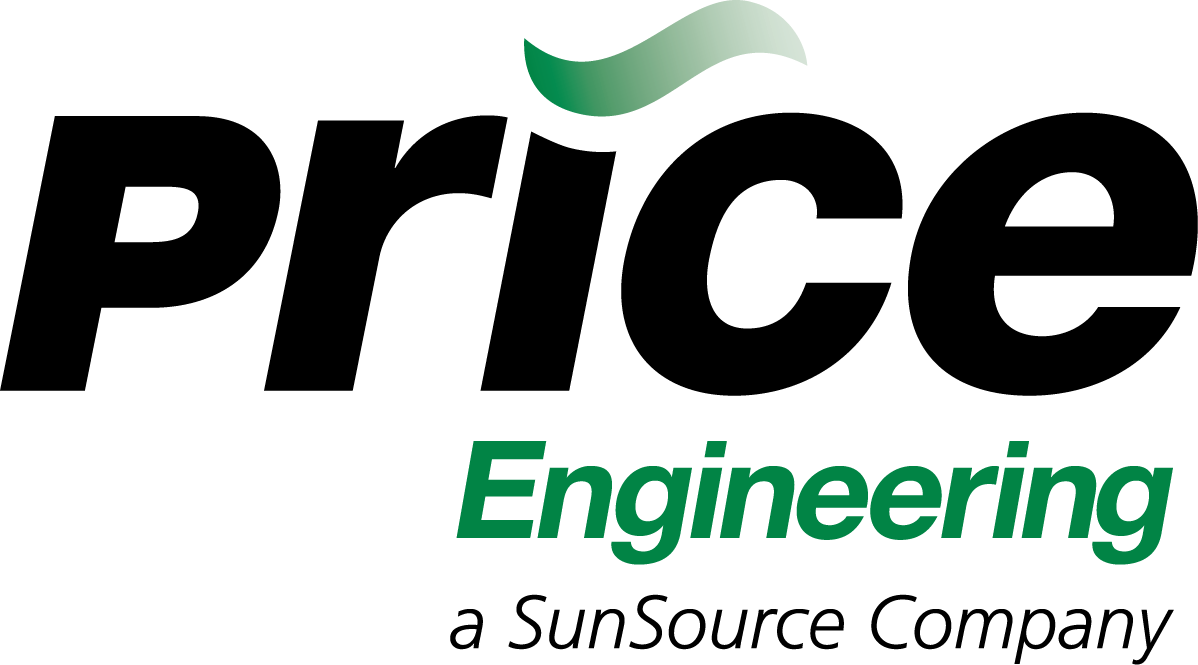Engineering Education Upheaval
Information is a commodity; balancing and integrating information is not.
by Kevin Craig
Design News (7/12)
It is being talked about everywhere. “Harvard, MIT to Partner to Offer Free Online Courses” heralded The Boston Globe (5/3/2012). “The Campus Tsunami” proclaimed David Brooks of The New York Times (5/3/2012). “The lecture hall is dead as university education moves online” predicted John Hennessy, Stanford University’s President, in the May 2012 IEEE Spectrum. The summer 2012 ASEE PRISM Magazine’s cover story reported the rekindling of the debate on the necessity of a master’s degree for engineers, while ASEE just released its 2012 report “Innovation with Impact.” It is clear that the industry warning “Innovate or Perish” applies to education as well, and it is time for action, not just talk.
I have heard it said that is easier to move a cemetery than it is to change an engineering curriculum. Engineering schools for whom that is true might soon be buried in those cemeteries. If information is a commodity, and I believe that now it is, and if all engineering schools do is deliver that information, i.e., traditional course content in a lecture format, then those schools will cease to exist, as there is little impact on student learning and performance with that type of education.
In engineering design, a poorly designed physical system will never be able to give outstanding performance by adding a sophisticated controller. Similarly, traditional course content, even if delivered on line by the best lecturers in the world, is still just information, a commodity. The problem is not the delivery method; the problem is the content of the delivery.
I have written about this before in Design News magazine (Engineering Education in Context, April 2011). Engineering content must be rebundled and integrated with a balance between theory and industry best practice. That information then becomes knowledge that is not a commodity. It is this knowledge that stimulates students and transforms them into critical-thinking problem solvers resulting in a real competitive advantage in this global economy.
So while the challenges for engineering education are being talked about everywhere, the only way they will be solved is by changing culture – attitude and behavior – rejecting silos and comfort zones, and instilling ownership. Until engineering education is viewed as an equal partner with engineering research in achieving innovation, this will not happen.
The diagram above shows a new concept for graduate master’s education, which could be applied to undergraduate education as well. It shows the creation of integrated one-credit fundamental modules, delivered on line, which works very well for practicing engineers who must take courses part time and who often find it easier to devote five weeks of intense effort while working, instead of fifteen weeks. Once the modules have been completed, four three-credit, on-line systems courses are taken that build on the modules. These are stimulating, relevant, rewarding courses that bridge fundamentals with actual practice. The degree is completed with a six-credit, on-site culminating experience. The key in all aspects is the integration and balance of theory with industry best practices. This content does not exist in any one place; it must be gathered and integrated.
Who will do this? Innovative industry leaders with passion will lead the way. I am collaborating now with just such a leader to create this in the area of fluid power systems and control. Tom Price, president of Price Engineering, recognizes the value of this approach for his company and its workforce, for his customers, for his home state of Wisconsin, and for the United States. We need more industry leaders willing to step up and do this.
-
News Archives
-
Signup Today
to get our monthly Enews delivered to your inbox.


